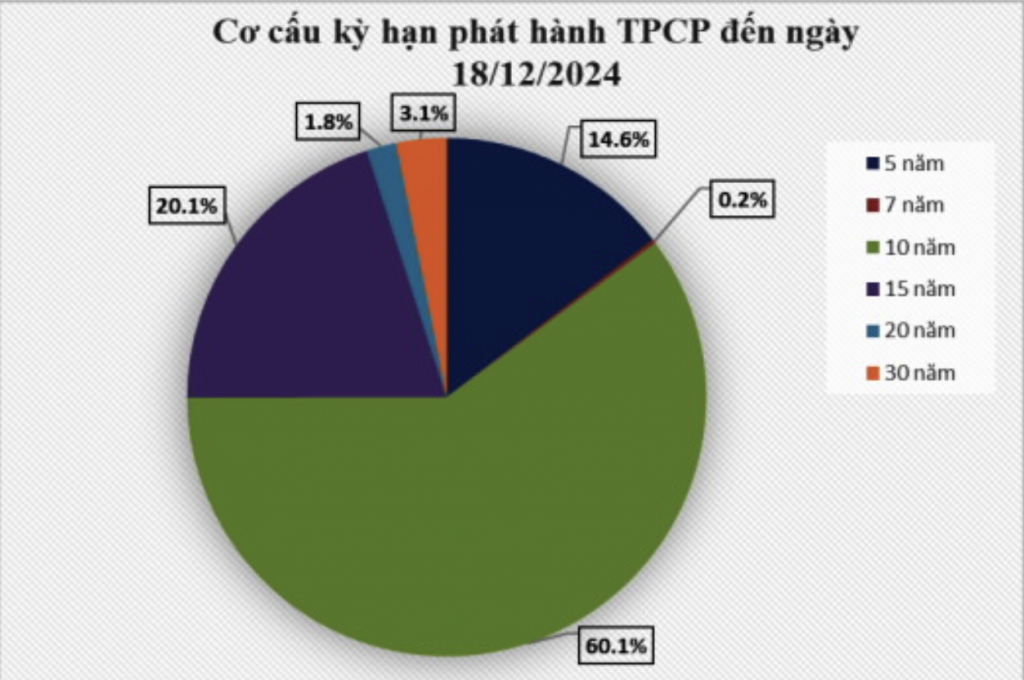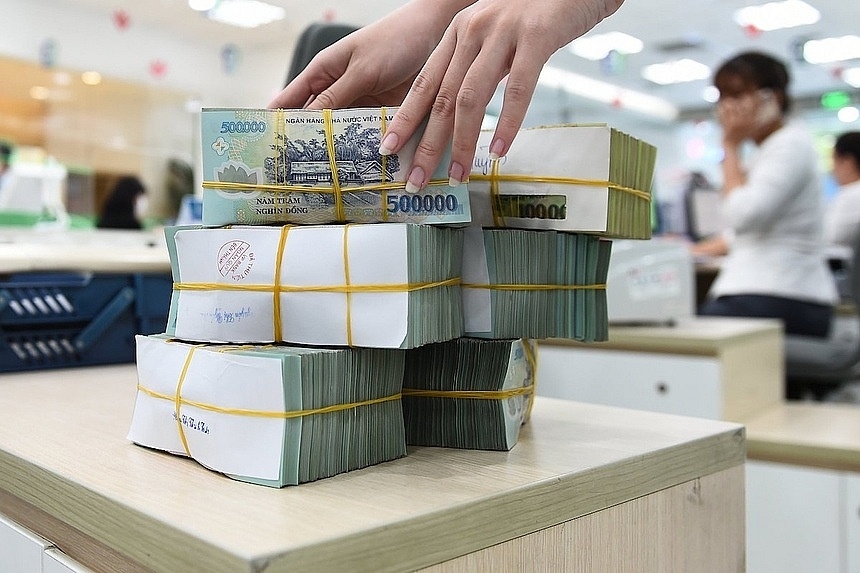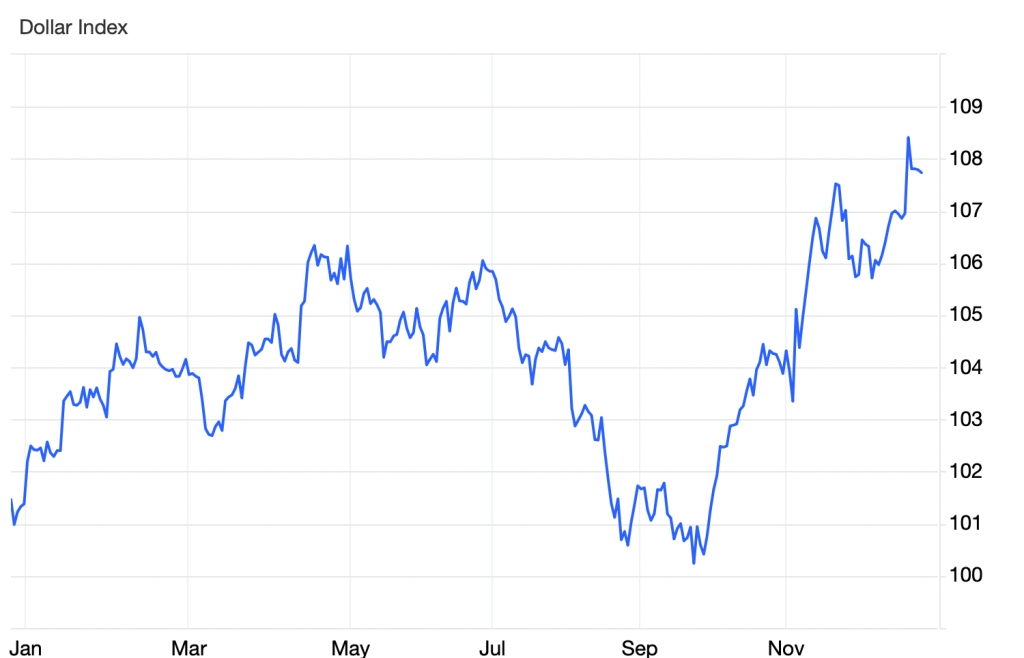Relax short-term capital tightening roadmap for medium and long-term loans: Ensure long-term benefits
 |
| The delay of the deadline for the capital ratio will greatly support the operation of the entire banking system. |
Appropriate to the context
According to Circular No. 08/2020/TT-NHNN amending and supplementing a number of articles of Circular No. 22/2019/TT-NHNN prescribing prudential limits and ratios for operations of foreign bank branches, the roadmap to reduce the maximum rate of using short-term capital for medium-term and long-term loans has been delayed by one year.
Specifically, from January 1, 2020 to September 30, 2021, the applicable rate is 40%. From October 1, 2021 to September 30, 2022, it will decrease to 37%. From October 1, 2022 to September 30, 2023, it will decrease to 34% and from September 1, 2023, it will be 30%.
In the previous draft, the State Bank proposed two options for delaying this rate, the first one is an extension of six months and the second is one year compared to the provisions of Circular 22.
According to the State Bank's explanation, the Covid-19 pandemic has been complicated, seriously affecting all socio-economic aspects, making trade, tourism, transport and import-export sectors fall into difficult circumstances. Enterprises are facing the risk of lack of production materials, downsizing and suspending operations. Therefore, it is necessary to consider delaying the roadmap of short-term capital for medium and long-term loans to facilitate credit institutions to better support customers to borrow capital to restore their production and business after the pandemic.
According to the State Bank, if following the old roadmap, the reduction of the maximum proportion of short-term capital for medium and long-term loans from 40% to 37% from October 1, 2020 may lead to difficulties in banks’ capital structure plan. Additionally, due to the pressure of the Covid-19 pandemic on production and business activities, the amount of customers’ deposits at banks is expected to decrease.
According to analysts at the Economic Research Center - MSB Bank, this new roadmap is reasonable in the current context. In fact, the debt restructuring may cause the outstanding balance to shift from short-term to medium or long-term, affecting the credit institutions' loan structure. The liquidity of the banking system is abundant, proving that the ratio of short-term capital for medium and long-term loans is not a problem, but delaying the roadmap will remove some difficulties for credit institutions, if they want to support more businesses.
Currently, although banks are gradually preparing to meet the requirements of Circular 22, many of them still believe that it is not easy to meet the roadmap set by Circular 22 due to the adverse effects of the pandemic on the market. Therefore, the delay of the deadline for tightening the capital ratio in this Circular will greatly support the operation of the whole system.
Concerned about capital flows into risky fields
In fact, this is not the first regulation that has been delayed or missed compared to the original decision by the State Bank. For example, with a foreign currency loan to pay abroad for the import of goods and services to implement the production and trading plan for domestic needs, the State Bank has also delayed and loosened the decision several times after accepting the recommendations from enterprises, and then it was officially stopped until the end of September 2019.
Therefore, although the decision to delay the tightening ratio of short-term capital for medium and long-term loans by one year was considered appropriate, many experts disagreed and believed that this could have negative effects on the enactment and enforcement of laws. Some experts even said that the State Bank should limit the delay in implementing legal regulations to avoid "disregard" of the law, and only use it in urgent cases.
Objectively, many banks are not short of capital, even in a state of capital surplus. However, "slow" credit growth is creating a difficult situation for banks when bad debt tends to increase.
Moreover, the interest rate is currently at a very low level, and the interest rates in the priority sectors have decreased by 1% per year compared to the end of last year. According to the SBV's preliminary calculations, the total outstanding loans of the entire banking system affected by the pandemic amounted to VND2 trillion, accounting for about 23% of the total outstanding loans, potentially risky with banking operations. Therefore, the report of the Economic Research Center - MSB Bank said that if the lending rate was not tightened in the context that the interest rates were down and business and production activities were difficult, medium and long-term capital would flow into risky areas such as securities and real estate.
 | Some banks recall bad debts VCN – Most financial reports in 2019 of banks are unqualified opinion. However, there are still cases ... |
Therefore, many experts said that even if the Covid-19 pandemic continued to affect the economy in the future, regulators should control and limit short-term capital for medium and long-term loans to ensure healthy credit activities and result in long-term benefits.
Related News

Banks still "struggling" to find tools for handling bad debt
13:47 | 28/12/2024 Finance

Issuing government bonds has met the budget capital at reasonable costs
14:25 | 29/12/2024 Finance

Untying the knot for green finance
11:08 | 23/12/2024 Finance

Publicizes progress of public investment disbursement for important national projects
15:21 | 19/12/2024 Finance
Latest News

SBV makes significant net withdrawal to stabilise exchange rate
07:59 | 15/01/2025 Finance

Việt Nam could maintain inflation between 3.5–4.5% in 2025: experts
06:19 | 11/01/2025 Finance

Banking industry to focus on bad debt handling targets in 2025
14:38 | 03/01/2025 Finance

State Bank sets higher credit growth target for 2025
15:22 | 31/12/2024 Finance
More News

Outlook for lending rates in 2025?
15:20 | 31/12/2024 Finance

Tax policies drive strong economic recovery and growth
07:55 | 31/12/2024 Finance

E-commerce tax collection estimated at VND 116 Trillion
07:54 | 31/12/2024 Finance

Big 4 banks estimate positive business results in 2024
13:49 | 30/12/2024 Finance

Flexible and proactive when exchange rates still fluctuate in 2025
11:03 | 30/12/2024 Finance

Bank stocks drive market gains as VN-Index closes final Friday of 2024 on a positive note
17:59 | 28/12/2024 Finance

Forecast upbeat for banking industry in 2025
14:30 | 27/12/2024 Finance

Ensuring financial capacity of bonds issuers
11:09 | 26/12/2024 Finance

Finance ministry announces five credit rating enterprises
14:54 | 25/12/2024 Finance
Your care

SBV makes significant net withdrawal to stabilise exchange rate
07:59 | 15/01/2025 Finance

Việt Nam could maintain inflation between 3.5–4.5% in 2025: experts
06:19 | 11/01/2025 Finance

Banking industry to focus on bad debt handling targets in 2025
14:38 | 03/01/2025 Finance

State Bank sets higher credit growth target for 2025
15:22 | 31/12/2024 Finance

Outlook for lending rates in 2025?
15:20 | 31/12/2024 Finance
